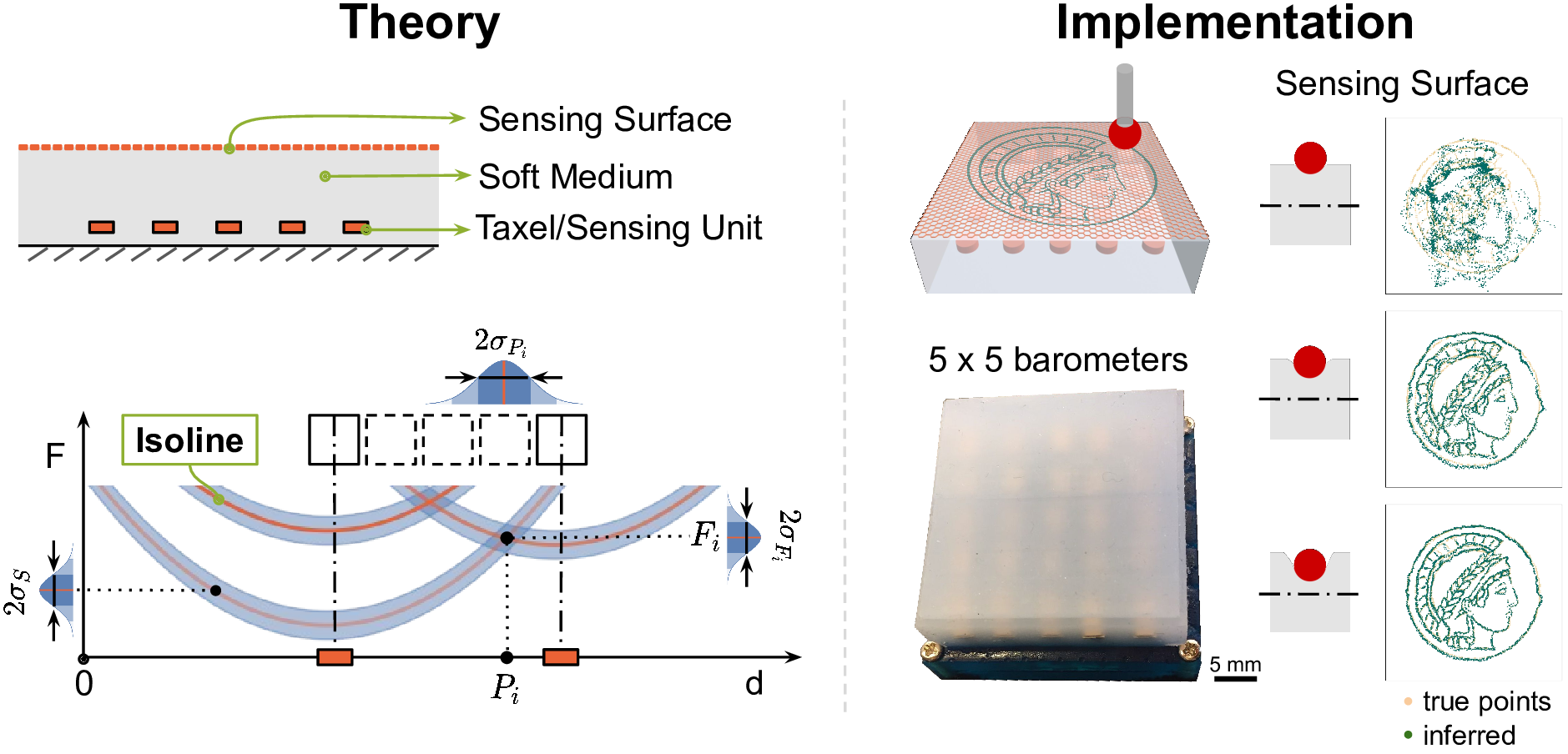Quantifying the Quality of Haptic Interfaces
Shape-Changing Haptic Interfaces
Generating Clear Vibrotactile Cues with Magnets Embedded in a Soft Finger Sheath
Salient Full-Fingertip Haptic Feedback Enabled by Wearable Electrohydraulic Actuation
Cutaneous Electrohydraulic (CUTE) Wearable Devices for Pleasant Broad-Bandwidth Haptic Cues
Modeling Finger-Touchscreen Contact during Electrovibration
Perception of Ultrasonic Friction Pulses
Vibrotactile Playback for Teaching Sensorimotor Skills in Medical Procedures
CAPT Motor: A Two-Phase Ironless Motor Structure
4D Intraoperative Surgical Perception: Anatomical Shape Reconstruction from Multiple Viewpoints
Visual-Inertial Force Estimation in Robotic Surgery
Enhancing Robotic Surgical Training
AiroTouch: Naturalistic Vibrotactile Feedback for Large-Scale Telerobotic Assembly
Optimization-Based Whole-Arm Teleoperation for Natural Human-Robot Interaction
Finger-Surface Contact Mechanics in Diverse Moisture Conditions
Computational Modeling of Finger-Surface Contact
Perceptual Integration of Contact Force Components During Tactile Stimulation
Dynamic Models and Wearable Tactile Devices for the Fingertips
Novel Designs and Rendering Algorithms for Fingertip Haptic Devices
Dimensional Reduction from 3D to 1D for Realistic Vibration Rendering
Prendo: Analyzing Human Grasping Strategies for Visually Occluded Objects
Learning Upper-Limb Exercises from Demonstrations
Minimally Invasive Surgical Training with Multimodal Feedback and Automatic Skill Evaluation
Efficient Large-Area Tactile Sensing for Robot Skin
Haptic Feedback and Autonomous Reflexes for Upper-limb Prostheses
Gait Retraining
Modeling Hand Deformations During Contact
Intraoperative AR Assistance for Robot-Assisted Minimally Invasive Surgery
Immersive VR for Phantom Limb Pain
Visual and Haptic Perception of Real Surfaces
Haptipedia
Gait Propulsion Trainer
TouchTable: A Musical Interface with Haptic Feedback for DJs
Exercise Games with Baxter
Intuitive Social-Physical Robots for Exercise
How Should Robots Hug?
Hierarchical Structure for Learning from Demonstration
Fabrication of HuggieBot 2.0: A More Huggable Robot
Learning Haptic Adjectives from Tactile Data
Feeling With Your Eyes: Visual-Haptic Surface Interaction
S-BAN
General Tactile Sensor Model
Insight: a Haptic Sensor Powered by Vision and Machine Learning
Super-resolution Sensing for Haptics

Haptic feedback is essential to make robots more dexterous and effective in unstructured environments. Nevertheless, high-resolution tactile sensors are still not widely available. When using a large number of physical sensing units we often face manufacturing challenges and wiring problems. Such complex hardware can also lead to durability issues as each additional component constitutes a potential point of failure.
We pursue a route towards high-resolution and robust tactile skins by embedding only a few sensor units (taxels) into a flexible surface material and use signal processing to achieve sensing with super-resolution accuracy. We first rely on the empirical knowledge that overlapping multiple taxels' perception fields enables super-resolution behavior and design a sensing system for robotic applications []. We then propose a theory for geometric super-resolution to guide the development of tactile sensors of this kind and link it to machine learning techniques for signal processing []. This theory is based on sensor isolines and allows us to predict force sensitivity and accuracy in contact position and force magnitude as a spatial quantity. We evaluate the influence of different factors, such as elastic properties of the material, structure design, and transduction methods, using finite element simulations and implemented real sensors. Using machine learning methods to infer contact information, our sensors obtain an unparalleled average super-resolution factor of over 1000. Our theory can guide future haptic sensor designs and inform various design choices.
Members
Publications

